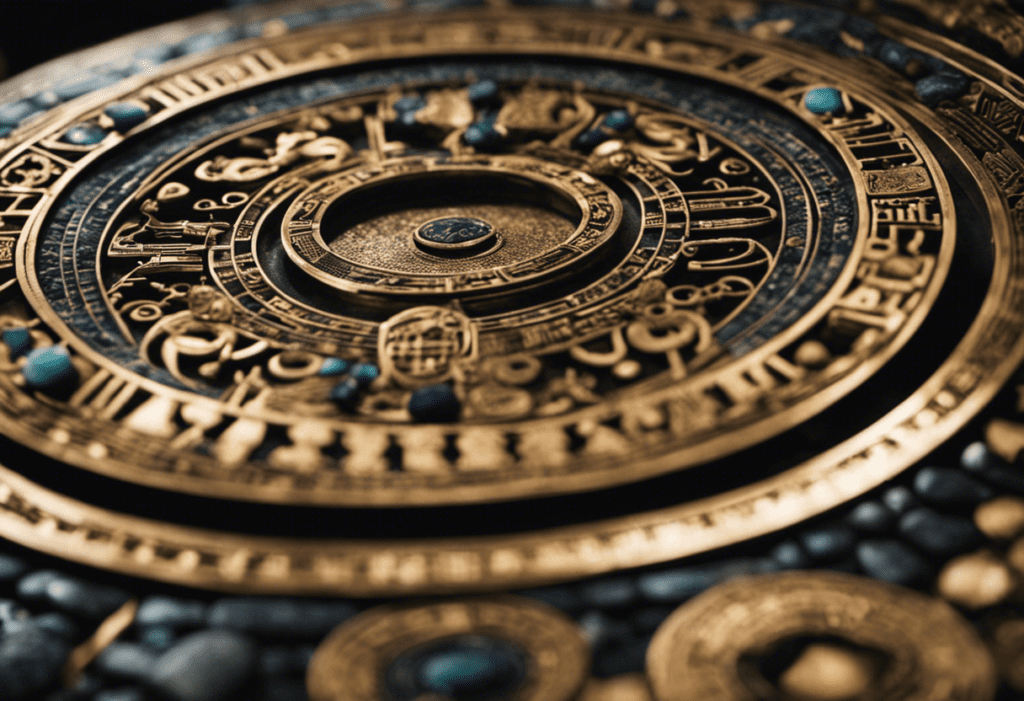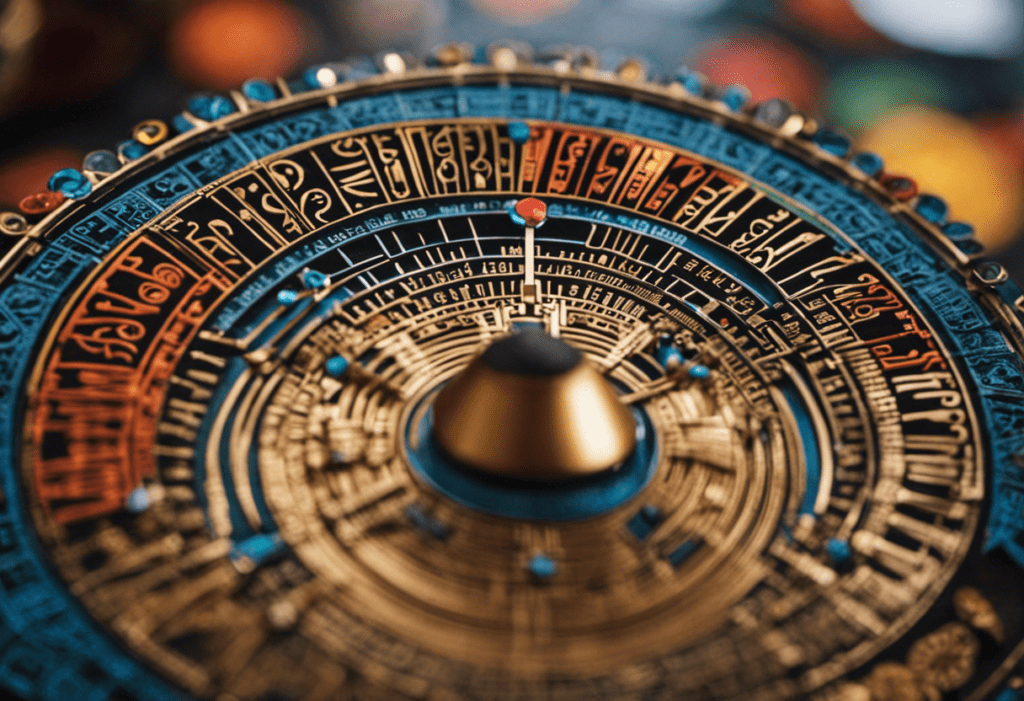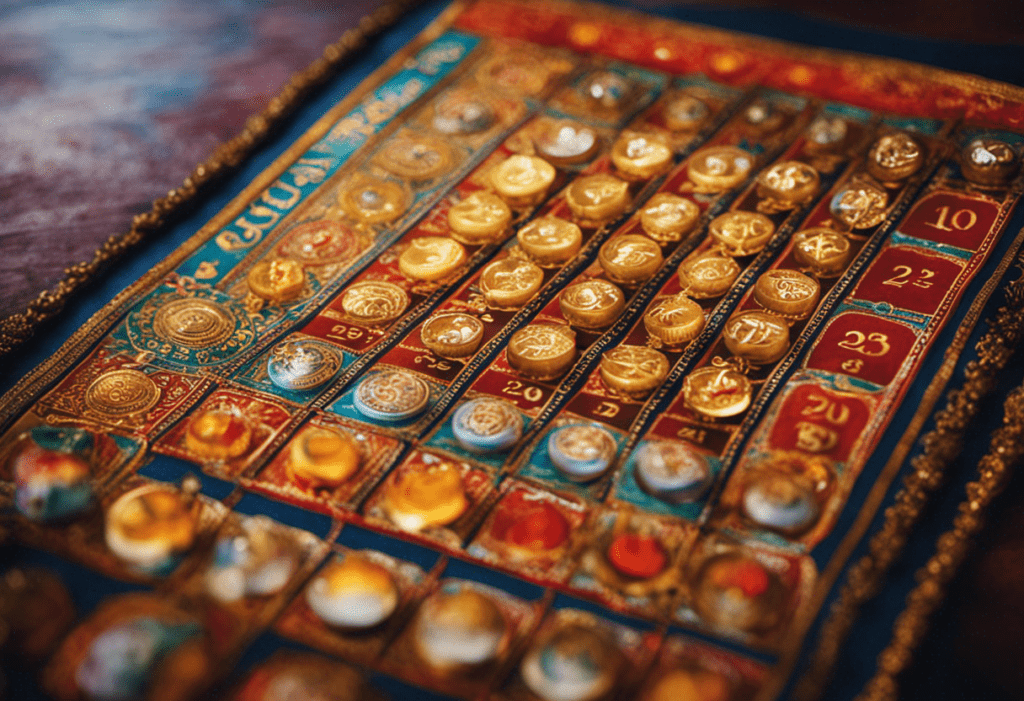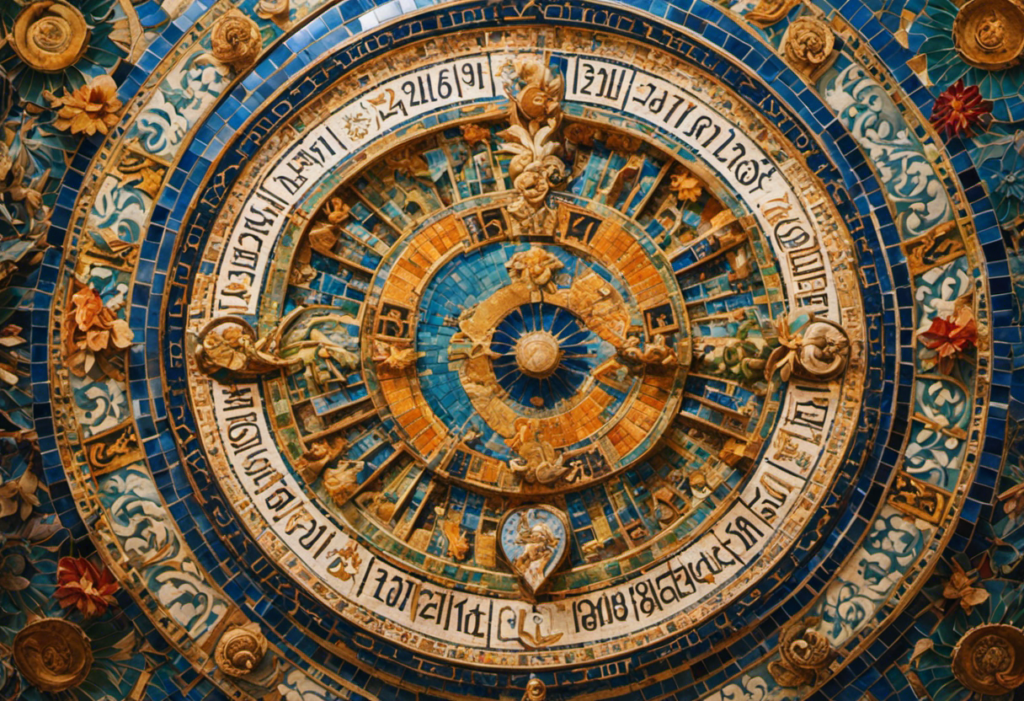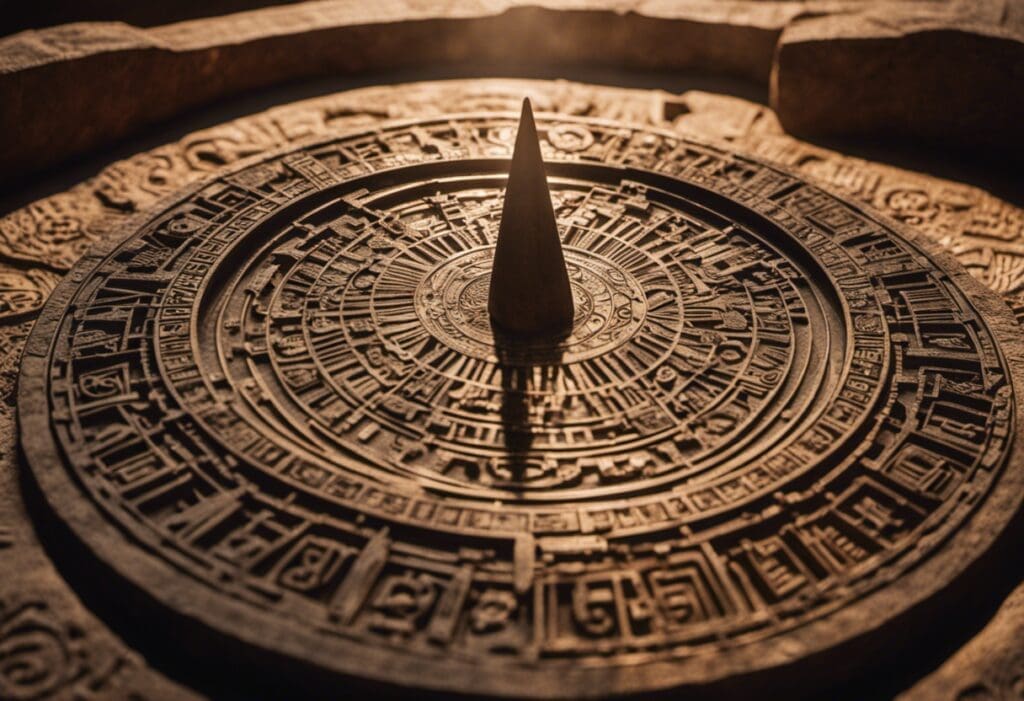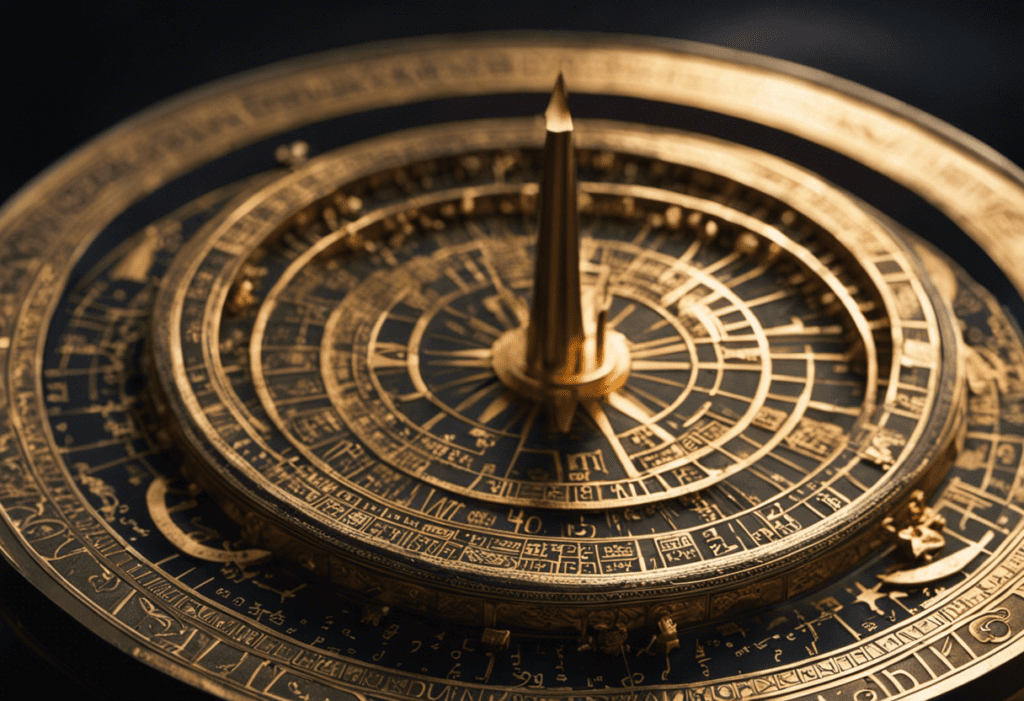Nepali Calendar – Dates of Significance
Step into the vibrant tapestry of Nepalese culture and explore the dates of significance that mark the country’s rich heritage. From ancient traditions to elaborate ceremonies, the festivals and rituals on the Nepali Calendar provide a platform for religious devotion and artistic expression. Join us on a captivating journey through Nepal’s cultural landscape, where cherished …


